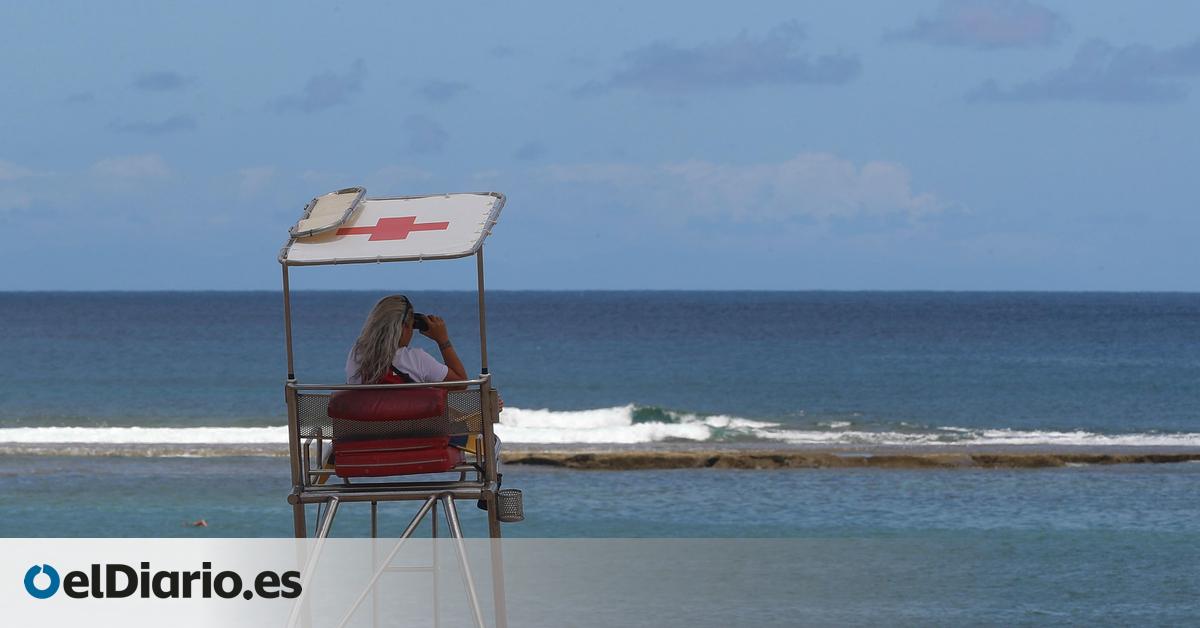Access to Restricted Areas Results in Economic Penalties of at Least €150

Increased Surveillance to Protect Las Dunas de Maspalomas
The Seprona unit of the Civil Guard, in collaboration with environmental agents from the Gran Canaria Cabildo, has intensified surveillance and preventive measures in the Special Natural Reserve of Las Dunas de Maspalomas. This effort aims to protect one of the archipelago’s most valuable and fragile natural spaces from the “growing human pressure” on the area.
According to the Civil Guard’s report on Tuesday, it is estimated that between 150 and 300 people illegally access the dunes each day, traversing restricted zones and stepping off marked paths.
The peak of this activity occurs at sunset when up to 500 visitors may gather on the sand, trampling native flora and driving away local wildlife.
Despite the presence of signage, rope barriers, and designated observation areas, many visitors disregard the rules, solely to capture a photograph of the landscape.
Collaboration for Environmental Awareness
In light of this situation, the partnership between Seprona and the environmental agents is particularly significant. Their role not only involves deterrent presence and control on the ground but also contributes to a broader strategy implemented by the Cabildo. This strategy aims to reduce visitor pressure and promote environmental awareness.
Additionally, among the announced supplementary measures are the installation of sensors to monitor visitor numbers, a new digital signage system featuring QR codes, the placement of informative screens at strategic points, and enhanced environmental monitoring of the lagoon.
The Natural Richness of Las Dunas
The unique natural wealth of the Dunas de Maspalomas warrants this special attention. Within its remarkable landscape, plant species such as tarajales, balancones, and siemprevivas coexist alongside a valuable bird population. Notable species include the charrán, chorlitejo, cernícalo, and more than twenty other species that utilise this ecosystem for nesting both in the dunes and the Charca.
Fines for Offenders
Consequently, the Civil Guard reminds citizens and visitors that access to restricted areas is strictly prohibited. Violating these regulations may result in economic penalties starting from €150, in accordance with Law 4/2017 of 13 July on Land and Protected Natural Spaces of the Canary Islands.
Finally, both Seprona and the Cabildo emphasise that the conservation of this unique enclave relies on everyone’s involvement.
“Respecting the signage, following the agents’ instructions, and using the designated observation areas responsibly are key steps to ensure that future generations can continue enjoying the Dunas de Maspalomas as a natural and cultural heritage of the Canary Islands,” they assert.














